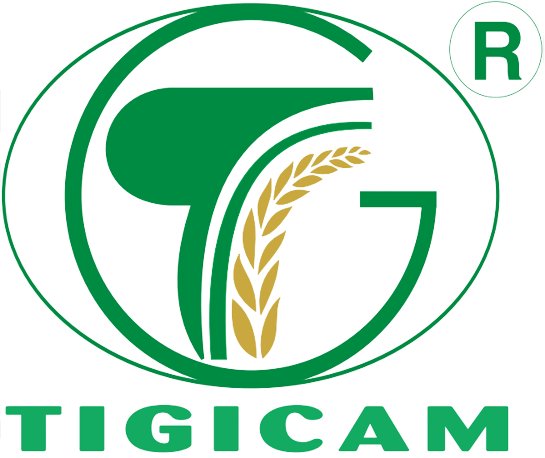Recognizing Orthostatic High Blood Pressure: Reasons, Signs And Symptoms, as well as Treatment
Orthostatic hypertension is a medical condition defined by a significant boost in high blood pressure upon standing from a resting or lying position. While a slight increase in high blood pressure is typical when transitioning from a seated to a standing position, orthostatic high blood pressure includes a too much increase in high blood pressure that can have negative results on a person’s wellness. In this article, we will explore the causes, symptoms, and also therapy alternatives for this problem.
Root Causes Of Orthostatic High Blood Pressure
There are a number of possible sources of orthostatic high blood pressure, including:
- Free disorder: This describes a breakdown of the autonomic nerves, which manages involuntary physical features such as blood pressure regulation. When the free nerve system stops working to appropriately control high blood pressure upon standing, orthostatic hypertension can occur.
- Dehydration: Insufficient fluid consumption or excessive sweating can result in dehydration, which can contribute to orthostatic hypertension.
- Drugs: Specific medicines, such as some antidepressants, alpha-blockers, and diuretics, can trigger orthostatic high blood pressure as a side effect.
- Neurological disorders: Problems like Parkinson’s disease, numerous system atrophy, and pure autonomic failure can interrupt the body’s capability to manage high blood pressure, leading to orthostatic hypertension.
- Other clinical problems: Orthostatic high blood pressure might likewise be related to conditions such as diabetes, kidney illness, as well as adrenal gland disorders.
It deserves pointing out that some individuals may experience a momentary or occasional rise in high blood pressure upon standing without satisfying the analysis standards for orthostatic high blood pressure. Nevertheless, if the problem lingers or intensifies gradually, medical attention needs to be sought.
Symptoms of Orthostatic High Blood Pressure
The signs and symptoms of orthostatic high blood pressure can vary from one person to another however typically consist of:
- Wooziness or impaired thinking
- Passing out or near-fainting episodes
- Headaches
- Obscured vision
- Trouble focusing
- Heart palpitations
- Shortness of breath
- Breast pain or discomfort
If you experience any of these signs upon standing, it is essential to consult a healthcare expert for a correct medical diagnosis as well as proper monitoring.
Diagnosing Orthostatic Hypertension
When evaluating for orthostatic hypertension, a healthcare expert will generally do a collection of examinations, consisting of:
- Orthostatic high blood pressure dimensions: Blood pressure is measured while a person is lying down, sitting, as well as standing to identify the level of high blood pressure altitude upon standing.
- Tilt-table testing: In this examination, the individual is protected to a specialized table that can be slanted to replicate standing. High blood pressure and also heart price que farmacia venden urotrin en chile adjustments are kept track of during the tilting process to examine for abnormal feedbacks.
- Blood tests: These might be done to check for underlying clinical problems or medicine negative effects that could be contributing to orthostatic high blood pressure.
- Extra analysis procedures: Sometimes, extra examinations such as electrocardiograms (ECG) or echocardiograms might be purchased to review the heart’s function.
It is vital to undertake a complete evaluation to establish the source of orthostatic hypertension and also dismiss any hidden health and wellness problems that need certain treatment.
Treatment Choices for Orthostatic Hypertension
Taking care of orthostatic high blood pressure normally includes a combination of lifestyle alterations and also medicine. Below are some typical treatment strategies:
- Rise liquid intake: Staying well-hydrated can help avoid episodes of orthostatic high blood pressure.
- Change medication: If drugs are identified as the source of orthostatic high blood pressure, adjusting the dosage or changing to different medicines might be needed.
- Compression stockings: Using compression stockings can aid enhance blood flow as well as reduce the extent of orthostatic high blood pressure symptoms.
- Physical counterpressure maneuvers: Particular techniques, such as crossing the legs or tensing the abdominal muscles, might assist stop blood pooling in the lower extremities and also lower high blood pressure fluctuations upon standing.
- Medicinal treatments: Sometimes, medicines that target high blood pressure regulation, such as alpha-1 adrenergic agonists or mineralocorticoid receptor villains, might be recommended to handle orthostatic hypertension.
- Physical treatment: Participating in workouts as well as physical therapy programs that concentrate on boosting muscle mass toughness as well as blood circulation can aid manage orthostatic high blood pressure.
Verdict
Orthostatic high blood pressure can substantially influence an individual’s lifestyle, creating signs and symptoms such as dizziness, fainting, as well as frustrations. Nevertheless, with the right medical diagnosis and also cardiform tablete treatment, the condition can be effectively taken care of. If you suspect you might have orthostatic hypertension, it is important to consult with a health care specialist that can provide a detailed examination and create a suitable therapy strategy tailored to your specific demands.




